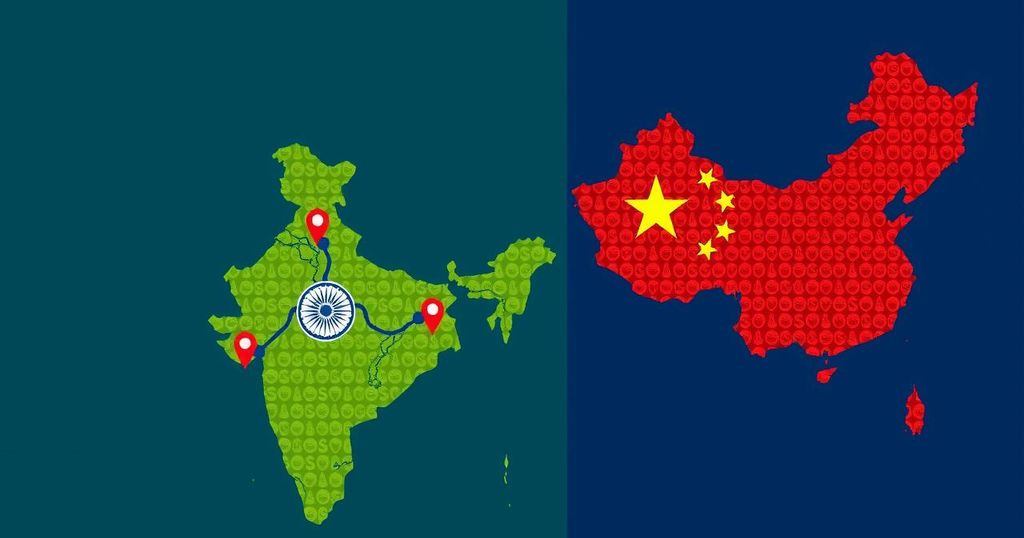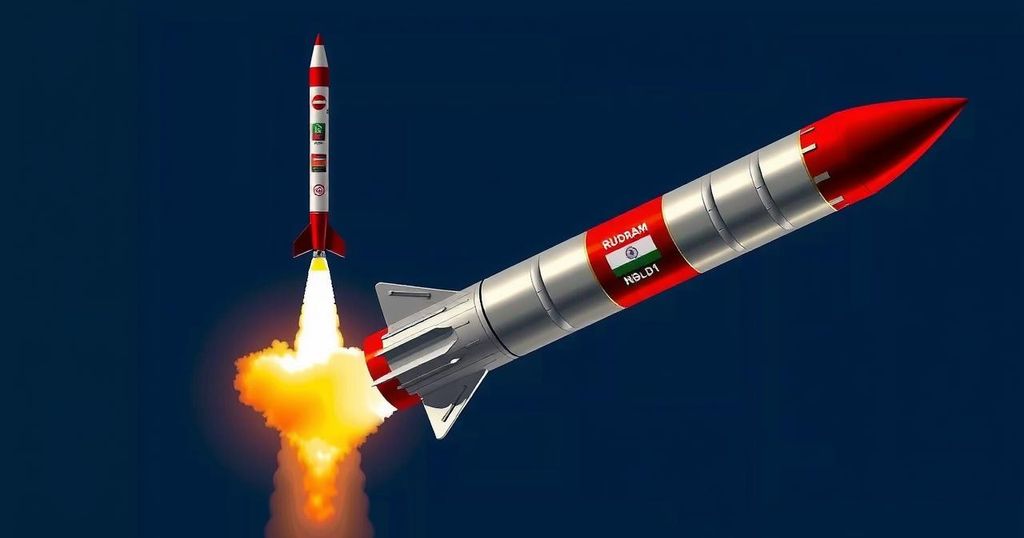Detection of Plasma Bubbles Over Egyptian Pyramids: Advancements by China’s LARID Radar
Chinese scientists have successfully utilized the Low Latitude Long Range Ionospheric Radar (LARID) to detect plasma bubbles over the Egyptian pyramids and Midway Islands. This radar, developed by the Institute of Geology and Geophysics, has a detection range of 9,600 kilometers and can impact satellite communications due to its interference with the ionosphere. The radar’s advancements over the past year are aimed at enhancing our understanding of this phenomenon, with proposals for establishing similar systems globally to improve early warning capabilities.
Chinese scientists have achieved a remarkable feat in radar technology with the detection of plasma bubbles over the Egyptian pyramids and Midway Islands using a state-of-the-art system known as the Low Latitude Long Range Ionospheric Radar (LARID). Developed by the Institute of Geology and Geophysics under the auspices of the Chinese Academy of Sciences, LARID was installed last year and has since gained prominence for its capability to track plasma bubbles—phenomena that can severely disrupt satellite communication and GPS systems due to their interference with the ionosphere’s charged particles. On August 27, the Institute of Geology and Geophysics reported the most extensive radar detection of plasma bubbles to date, which was a consequence of a solar storm that occurred in November of the previous year. The radar signals have proven to be detectable from regions stretching from North Africa all the way to the central Pacific, thereby allowing scientists unprecedented insights into the formation and displacement of these plasma bubbles. Located on Hainan Island, the LARID radar boasts an impressive detection range of 9,600 kilometers, extending its reach from Hawaii to Libya. Distinct from traditional radar systems, LARID harnesses high-power electromagnetic waves that reflect between the ionosphere and the ground, enabling the detection of targets situated beyond the horizon. Its operational frequency range of 8-22MHz is powered by 48 transceiver antennas dedicated to identifying plasma bubbles, while its digital phased array system facilitates real-time adjustments for enhanced observations. Initially, LARID’s radar system had a detection range of 3,000 kilometers, a figure that has since tripled within a span of just six months due to accumulated operational expertise and advancements in signal coding and geophysical simulation models. This enhancement is crucial given the significance of plasma bubbles, which pose a considerable threat in modern warfare contexts. However, the absence of extensive, long-term observation facilities over oceanic regions has historically limited the understanding and early warning capabilities regarding such phenomena. To counter this deficit, Chinese scientists are advocating the establishment of a network comprising three to four LARID-like over-the-horizon radars positioned in low-latitude regions across the globe. Additionally, it is worth noting that China’s military has successfully employed over-the-horizon radars similar to the LARID system, identifying advanced targets such as F-22 stealth fighters. Such developments indicate potential military applications of these radars and suggest the production of advanced variants with improved resolution.
The LARID radar represents a significant advancement in the capacity for plasma bubble detection, a phenomenon that can greatly impact global communication systems. Plasma bubbles, which are created through solar activities, can disrupt satellite systems and GPS accuracy, thus necessitating the development of advanced detection systems to monitor such occurrences. The LARID system marks a pivotal step forward, providing scientists with greater reach and detail in observing these disturbances, particularly in low-latitude regions where little historical data currently exists. Given the strategic implications of radar technology in both civilian and military sectors, there is a rising interest worldwide in developing infrastructures that can enhance our understanding of ionospheric behavior.
The successful detection of plasma bubbles over the Egyptian pyramids and Midway Islands by China’s LARID radar signifies a monumental step forward in both scientific research and military applications. This advanced radar not only enhances the monitoring of disruptive weather phenomena but also holds strategic significance for communication and defense systems. As discussions for building a more extensive network of such radars circulate, the implications for global communication security and modern warfare tactics become increasingly relevant. The LARID’s capability to provide real-time data could prove invaluable in safeguarding vital communications against the challenges posed by plasma bubbles, thus underscoring the necessity of innovative radar technologies in today’s interconnected world.
Original Source: www.ndtv.com








Post Comment